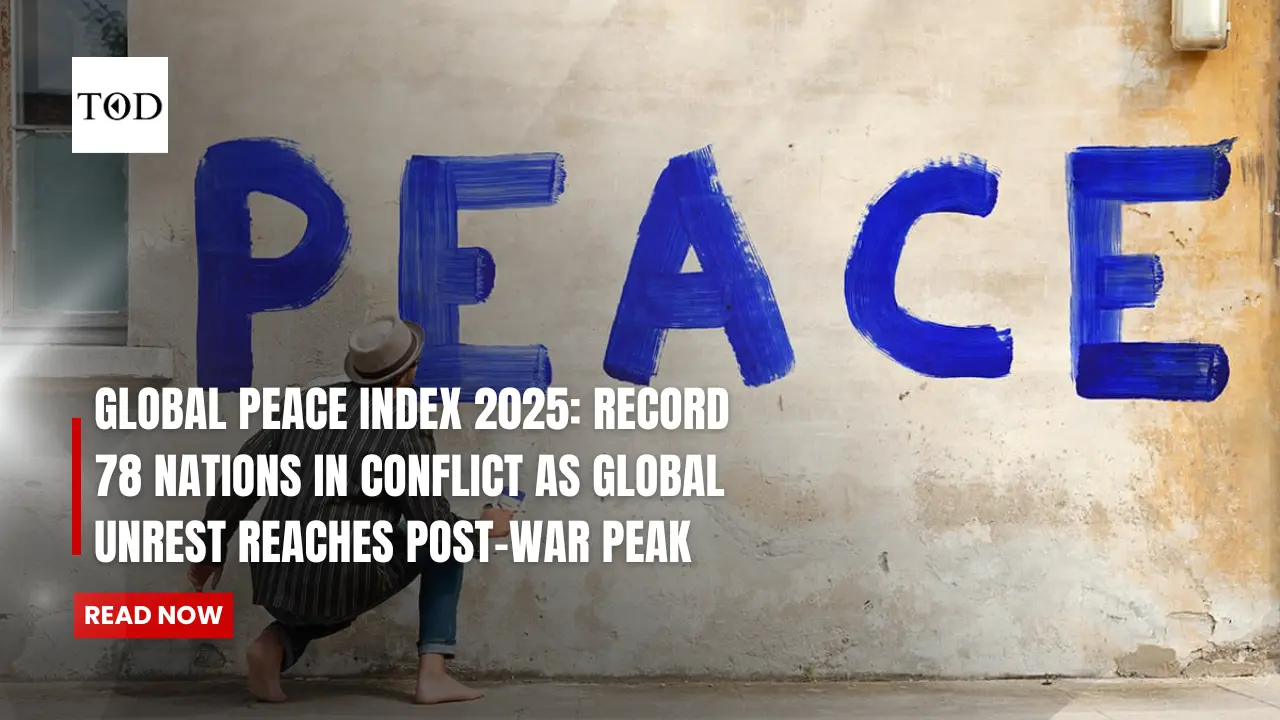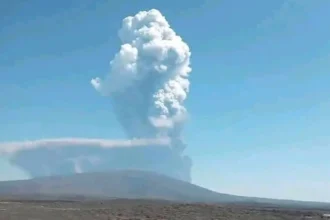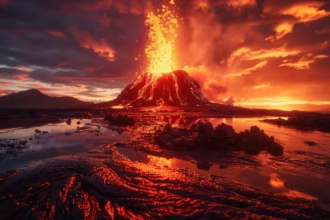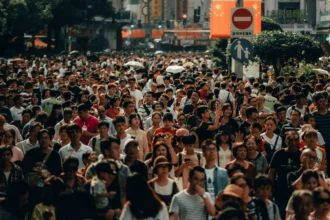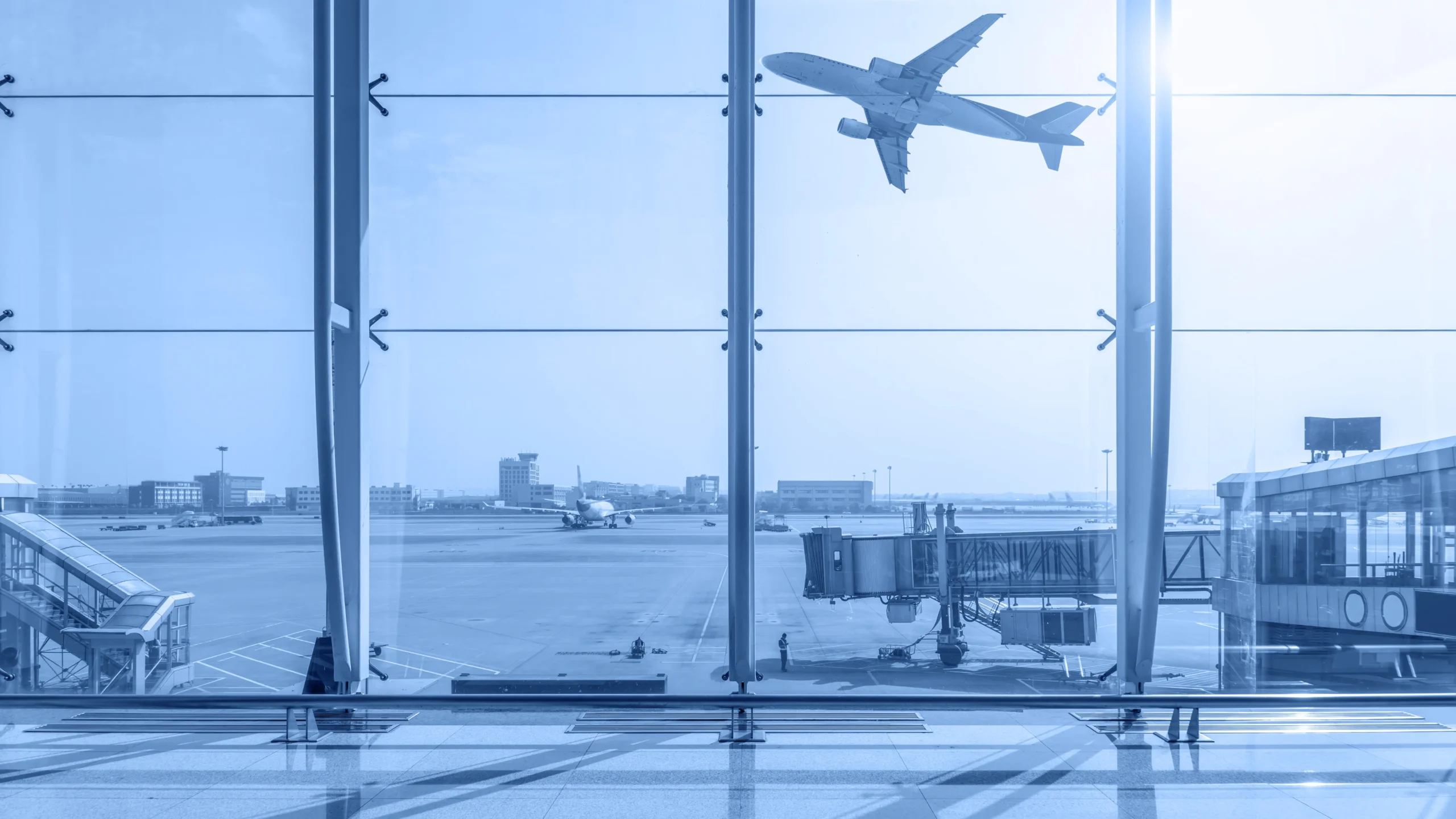June 19, 2025 | Dubai, UAE – Since 1942, the peak of World War II, global peace has declined dramatically 83 years later, into conditions that are worse than ever before, according to the Global Peace Index 2025. With over 78 countries involved in conflict, global tensions are escalating dramatically, leading to almost 59 active state conflicts, 3 more than last year and the highest since World War II. The Global Peace Index 2025 finds that only nine per cent of conflicts today result in a decisive military victory, and just four per cent end with negotiated settlements. This reflects the broader shift toward ‘forever wars, ’ which means low-intensity, long-duration conflicts that resist traditional resolution strategies.
“Global peacefulness continues to decline, and many of the leading factors that precede major conflicts are higher than they have been since the end of WWII. More countries are increasing their levels of militarisation against the backdrop of rising geopolitical tensions, increasing conflict, the breakup of traditional alliances, and rising economic uncertainty,” according to the Global Peace Index 2025, released by the Institute for Economics & Peace.
Rankings And Highest Conflict-Ridden Zones By Global Peace Index 2025
IEP and Global Peace Index 2025 also release a list of escalation hotspots where rising tensions can potentially result in a major war. These include Kashmir, South Sudan, Ethiopia and many more. According to the Global Peace Index 2025, the annual report on armed violence shows more than 35 countries with 59 active conflicts ongoing, the highest since 1945, with almost 152,000 conflict-related deaths recorded till 2024.
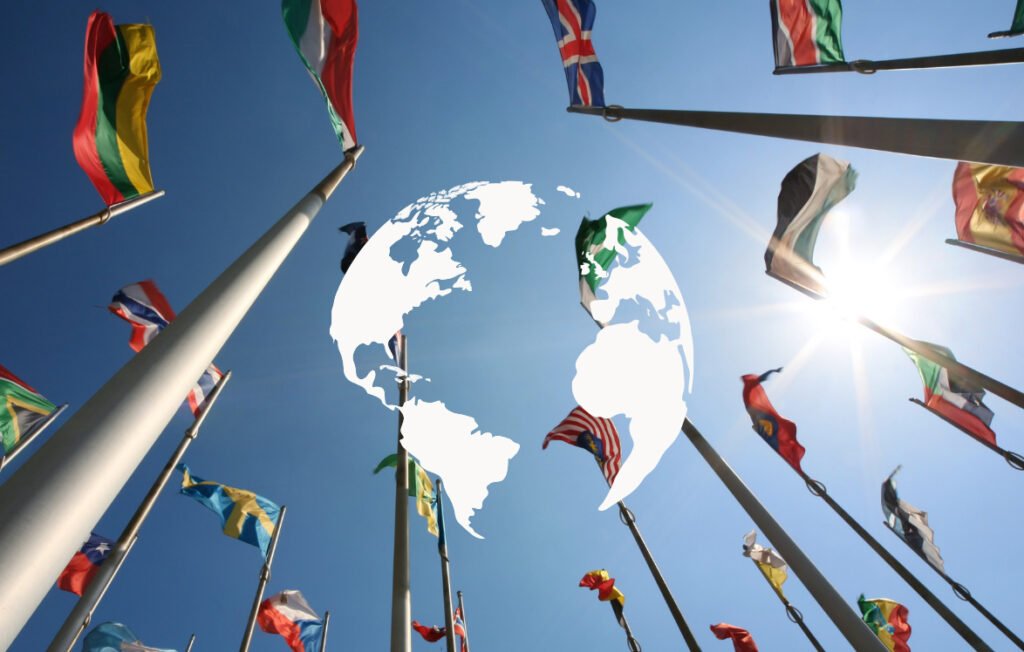
The conflict spans across the world in several regions ranked according to the Global Peace Index 2025 –
- Africa(28).
- Asia (17),
- Middle East (10),
- Europe (3)
- America (1).
Some of the major ones are –
- Russia-Ukraine
- Israel-Palestine
- Israel-Syria
- India-Pakistan
- China-Taiwan
- Israel-Iran
The report published by the Institute of Economics and Peace (IEP) and Global Peace Index 2025 captures the world on the verge, with the current unilateral order in collapse.
“We’re ushering in a new age. The current international order is at a tipping point. The world order is seeing its biggest change since the Second World War.” Steve Killelea, founder and executive chairman of the IEP, told The Telegraph.
Iceland has been one of the most peaceful countries since 2008. It is followed by nations like Ireland (2nd) and Austria (3rd). On the other hand, Russia has been marked as the least peaceful country for the first time, followed by Ukraine, Sudan and the Democratic Republic of Congo.
Factors And Causes Of The Threatening Shift
Global Peace Index 2025 points to several factors contributing to international unrest and agitation, such as political instability, unresolved internal conflicts, and the impact of ongoing conflicts, and also mentions indicators like increased militarisation and civil unrest leading to heightened conflicts.
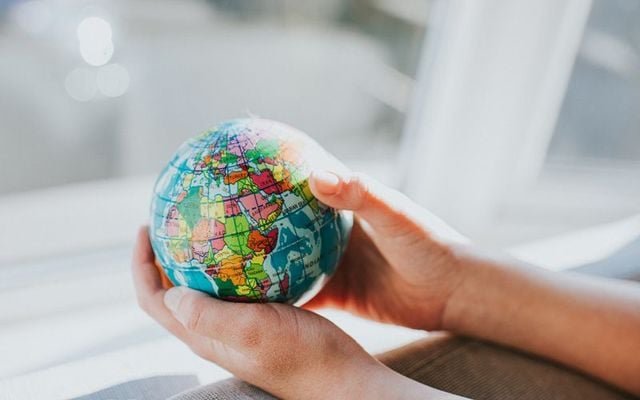
IEP says the reason for geopolitical unrest is “Great Fragmentation” describing the shift to a more multipolar world with more competitiveness. Since the Cold War, more countries have become regional influential powers, like the UAE, India, South Africa, and Brazil, among others. There are now 34 countries with significant geopolitical influence, compared to just 13 at the end of the Cold War.
Worldwide Humanitarian and Economic Impacts
In 2025, global tensions have led to the anticipation of great humanitarian and economic damage. A few trends have been recorded now:
- The number of forcibly displaced people reached a new high of 122.1 million, out of which 42.7 million are refugees.
- The economic impact of armed conflict amounted to $900 billion, 17.8% more than last year.
- UN observed a 72% rise in civilian casualties in 2022, with deaths of women and children doubled and tripled, respectively.
- The global growth rate has been projected to slow down by 2.3% in 2025, almost half a point lower than expected.
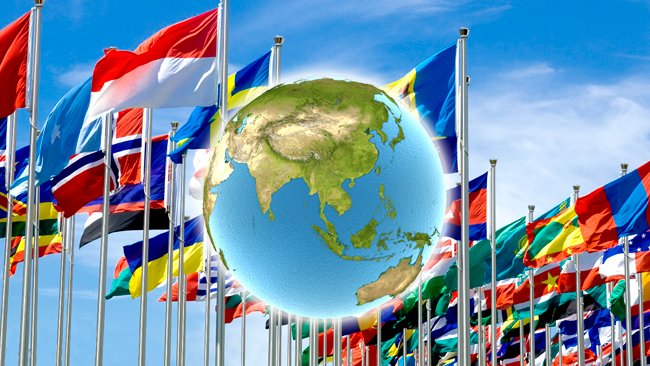
While the Global Peace Index 2025 ushers us into the most conflicts since World War II, all hope is not lost yet. Wars can be stoppe,d and peace and humanity can still be achieved. The international councils, including the United Nations, need to be reminded of their responsibilities by international laws to uphold the idea of long-term stability and sustainable peace. The governments supplying arms into conflict-ridden zones where civilians are targeted must halt the exports immediately, and the parties oppressing women and children must be held accountable.


